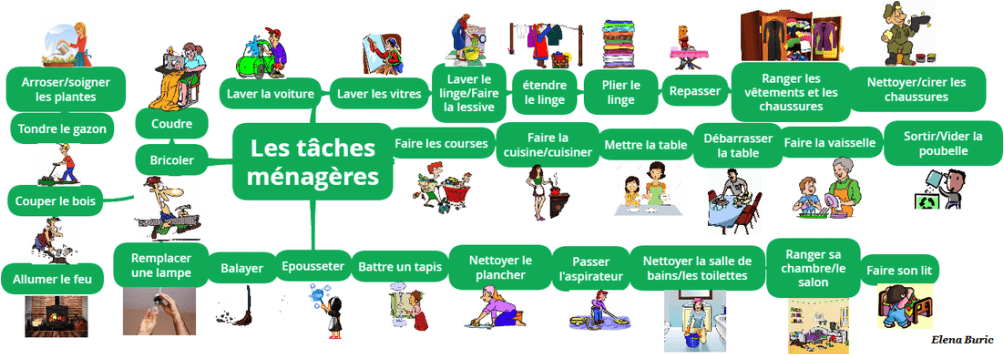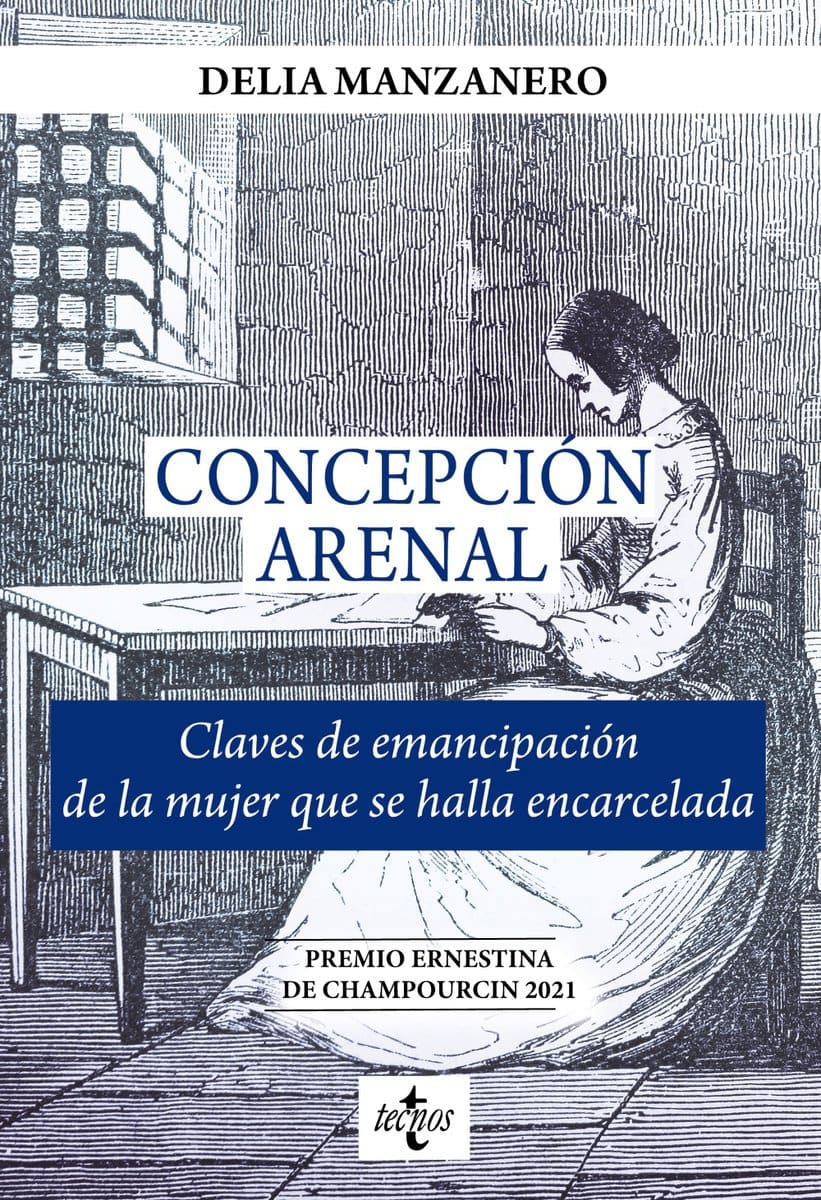Women in Leadership Face Ageism at Every Age
by Amy Diehl, Leanne M. Dzubinski, Amber L. Stephenson Harvard Business Review– 16 june 2023
When a university vice president had an opening for a controller sitting just beneath her in the hierarchy, board members told her to seek an “older man” to complement her. Since she began the vice president role at age 37, board members routinely criticized her age, calling her diminishing pet names, like “kiddo” and “young lady.” But being older wouldn’t necessarily have made a difference, as another woman explained: “I am at the age when I should be getting the higher-level jobs; people in my profession now want to give the jobs to the 30- and younger 40-year-olds with the ‘fresh, new ideas’ as opposed to going with the person with experience.”
Originally, ageism was understood to be prejudice, stereotypes, and discriminatory behavior targeted at older employees. Driven by the misperception that performance worsens and capacity decreases as people age, older employees are expected to just quietly leave so that younger talent can take the reins. With an increasingly diverse and multigenerational workforce, age bias now occurs across the career life cycle. “Youngism” refers to ageism toward younger adults and is fueled by the conflation of age with maturity and the misperception that tenure is required for competency.
However, research has only just begun to investigate how age is used to justify bias and discrimination specifically against women. Gendered ageism sits at the intersection of age and gender bias and is a double whammy where there is “no right age” for professional women.
In our recent open-ended survey research of 913 women leaders from four United States industries (higher education, faith-based nonprofits, law, and health care), we discovered that many women suffered from this “never-right” age bias. Conceptions of young, middle, and old age are often based on perceptions and vary between workplaces and contexts. When interpreting our results, we consider “young” to be under 40, middle age to be between 40 and 60, and older women to be over 60.
Gendered “Oldism”
As women age, they are often not seen as valuable or relevant in the way that male counterparts are. Older women in our research expressed that they were deemed unworthy of advancement. “While men become wells of wisdom as they age, older women are seen as outdated, harpy, strident,” one physician noted. “Our voices are discounted.” For example, a 61-year-old deputy chief information officer (CIO) was not considered in CIO succession planning. Instead, the current CIO was grooming a male colleague for the role. Another retirement-aged woman added, “I am largely ignored.”
Many of these women felt discouraged, burnt out, and resigned to not advancing any further. As a 66-year-old faith-based leader said, “At my age and with the mentality of our organization that they need men at the top, there is not a next professional step.” Another woman in the same industry noted that once she turned 60, she was no longer “worth investing in with training or mentoring.” Others felt compelled to find opportunities outside of their organization: “I am tired of proving myself to others and may as well do it in the interests of my own company,” a 60-year-old lawyer indicated.
Gendered “Youngism”
Younger women — and those who looked young — were called pet names or even patted on the head, as one 39-year-old woman reported. Young women also experienced role incredulity. They reported being mistaken for students, interns, trainees, support staff, secretaries, paralegals, and court reporters. Such inaccurate assumptions were especially prevalent for non-White women, such as an Asian higher-education executive who appeared young and was presumed to be in a junior position.
Many younger women also experienced credibility deficit, which occurs when women’s statements and expertise are not believed. “I am often told that I don’t have the experience so I can’t know what to do,” one 34-year-old woman explained. In the face of such bias, women (and especially women of color) must expend extra effort to prove themselves. One young-looking Black university chief financial officer noted that she is often “pressed to provide a synopsis of her resume to establish credibility.”
Other younger women had their appearance scrutinized. One physician noted that between ages 20 and 40, men focused on her looks. After she gave a scientific presentation that she was very proud of, a male colleague told her that she “looked like a Barbie doll up there!”
Gendered “Middle-ageism”
Unlike previous notions of a middle-aged “sweet spot,” women between ages 40 and 60 in our study fared no better than their younger or older counterparts. One college leader described how some search committees chose not to hire women in their late forties because of “too much family responsibility and impending menopause.” Other search committees declined to hire women in their fifties because they have “menopause-related issues and could be challenging to manage.” And still other committees said that “women in their fifties and sixties may not have ‘aged well’ and do not ‘look vital.’” Yet the jobs were given to similarly aged men.
A lawyer summed up the never-right age bias problem in her field:
First, we are too young to be responsible or to supervise. This lasts into our mid- to late-thirties but does not for men. (Perhaps they are waiting to make sure we don’t have kids). Then in an instant, we are too old to be hired for anything or anywhere new. Once again, men are still “young enough” at the same age…. Women are young or old, we get no prime time even if we aren’t out for childbearing or rearing.
In our research we found no age was the right age to be a woman leader. There was always an age-based excuse to not take women seriously, to discount their opinions, or to not hire or promote them. Each individual woman may believe she’s just at the wrong age, but the data make the larger pattern clear. Any age can be stigmatized by supervisors and colleagues to claim that the woman is not valued or is not a fit for a leadership role.
Age diversity in the workplace yields better organizational performance while perceived age discrimination creates lower job satisfaction and engagement. Similarly, gender diversity also matters. Organizations with diverse leadership teams perform better, especially in times of crisis; earn more; and have lower turnover. The business case is clear — if organizational leaders pay attention. The good news is that there are practical steps for leaders to combat this never-right gendered age bias.
How to Combat Gendered Ageism
Recognize age bias.
You can’t fix a problem you won’t admit is there. Whereas sexism and racism are the focus of most workplace diversity, equity, and inclusion (DEI) initiatives, ageism has been largely neglected. All employees should be trained on gendered age bias, just as they are on other forms of discrimination. Use interactive case studies that include “gray areas” in age-related assumptions and address false stereotypes that older age reduces an individual’s commitment, agility, and ability to learn. Company social media can also be leveraged to get the word out about ageism using messaging that taps into both emotions and facts. When the problem ceases to be ignored, necessary improvements can be made.
Address “lookism.”
Much of gendered ageism is hinged on looks or appearance as a function of societal value. The incessant pressure to look young and attractive is something that typically impacts women more than men. Include lookism in DEI training and ensure that it’s not used as a hidden metric for hiring, promotion, or performance evaluation.
Focus on skills, no matter who has them.
Younger women are often limited — whether intentionally or not — by the assumption of lack of experience. Middle-aged women may be thought of as difficult to manage or having too many family responsibilities. Women who are older are often constrained by perceptions that they are no longer invested in the organization, are less productive, or cannot be promoted. These falsehoods perpetuate the problem. Rather than focusing on age when hiring, making promotion decisions, or bringing on new team members for a growth opportunity, leaders should focus on each woman’s skills, not their tenure or external demands.
Cultivate creative collaborations.
Develop intergenerational, mixed-gender teams and professional relationships to encourage learning from each other and collaborating on solutions. Middle-aged and older employees have years of experience, while younger employees have perspectives from growing up in a more recent time. A recent study of Generation Z’s expectations at work showed that one of their highest desires was for mentoring relationships; they long for connection with older workers who take an interest in them. Too often women lack connections that would help them develop professionally due to exclusion from informal networks and events. Intentionally pairing younger women with older mentors and sponsors will aid their learning and career success and enhance your company’s performance.
The research is clear: Any age can be viewed as “the wrong age” for a woman, allowing her capacity to be questioned and her fitness for leadership challenged. But we can stop stigmatizing women’s age — benefitting not just women, but the whole organization.
The points of view expressed by the authors of videos, academic or non-academic articles, blogs, academic books or essays (“the material”) are those of their author(s); they in no way bind the members of the Global Wo.Men Hub, who, amongst themselves, do not necessarily think the same thing. By sponsoring the publication of this material, Global Wo.Men Hub considers that it contributes to useful societal debates. Material could therefore be published in response to others.
Amy Diehl, Leanne M. Dzubinski, Amber L. Stephenson
Harvard Business Review






Commentaires récents